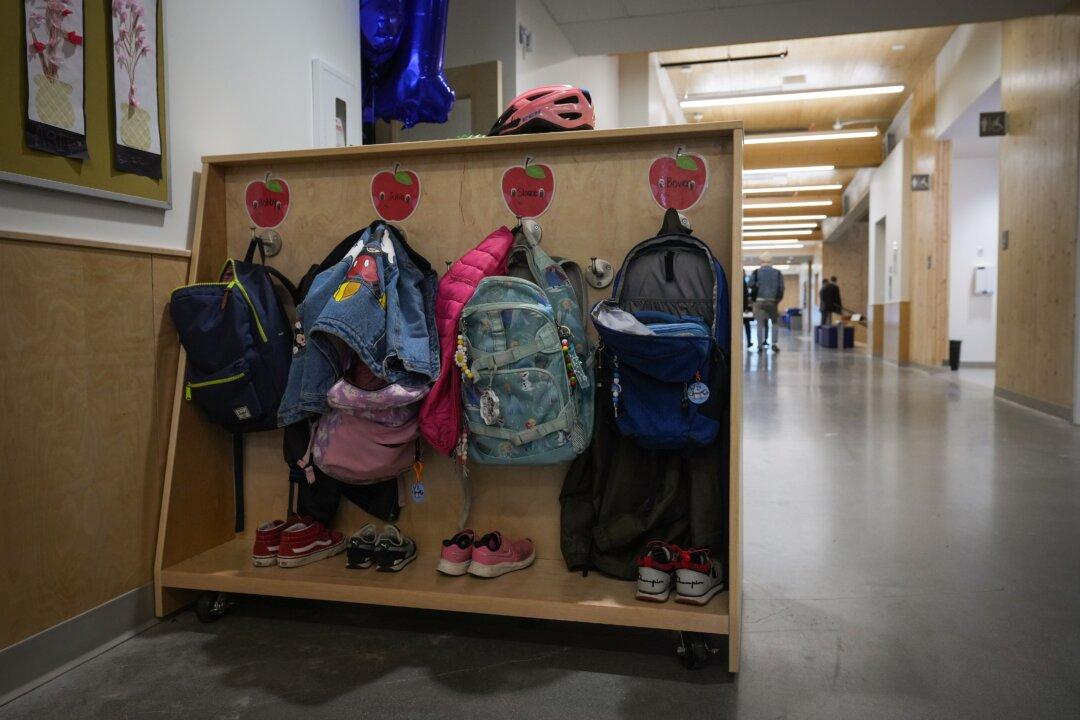“Anti-racism” is being taught to schoolchildren across Canada, and some parents say their kids have come home distraught. The reason is they feel a wedge between them and their friends driven by an ideology that divides them into two groups: white oppressors and non-white oppressed.
Dan Brooks, a parent in Vanderhoof, B.C., told The Epoch Times about the experience of his daughter Rachel. It’s an experience similar to those reported by others across the country.





